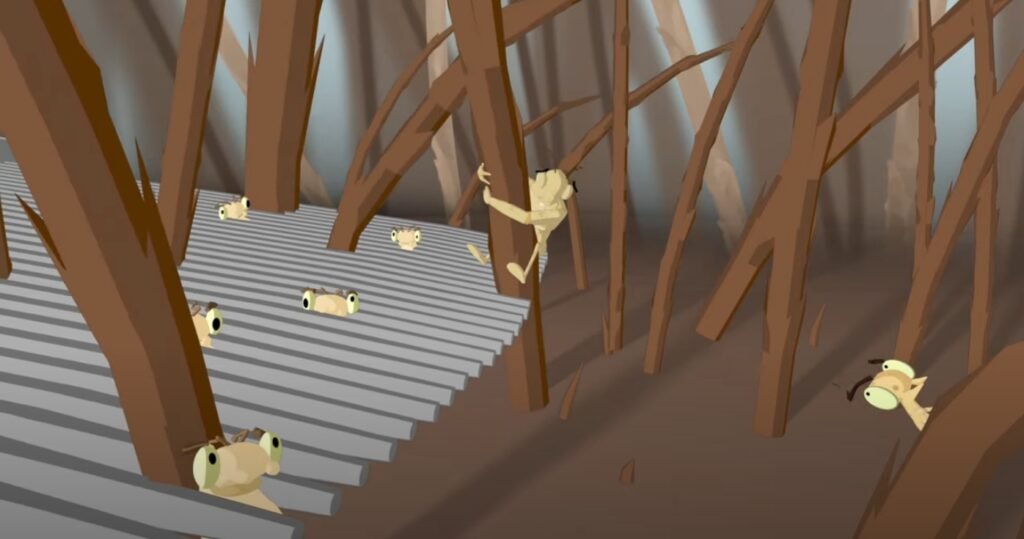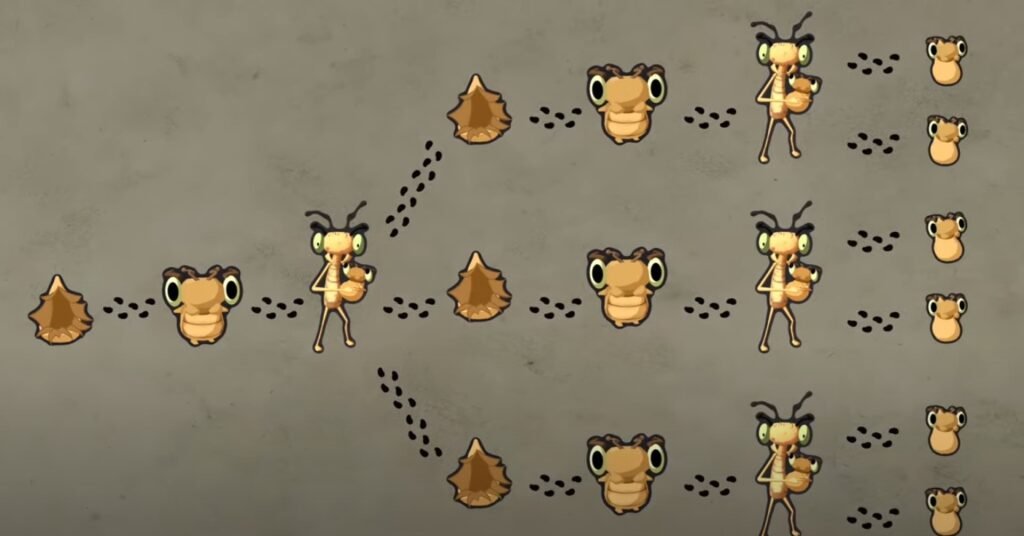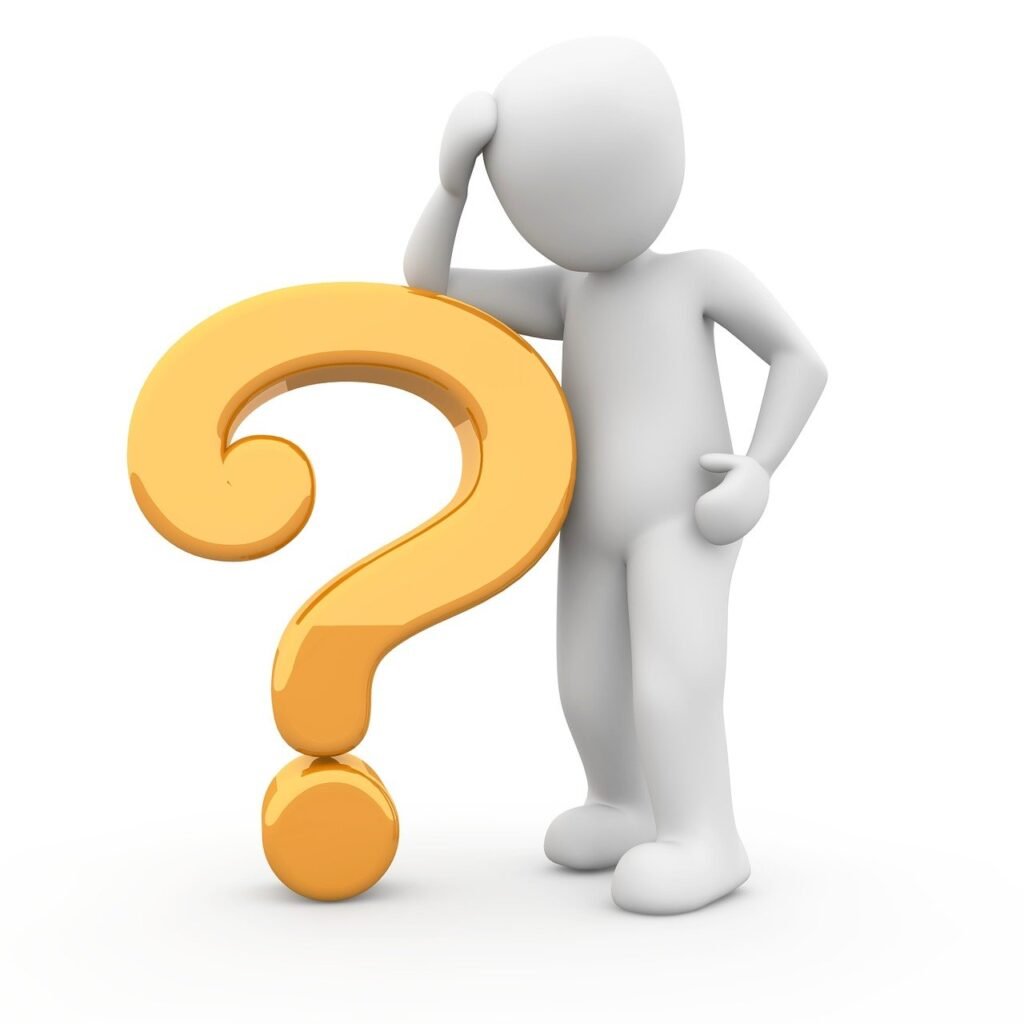Introduction
Head lice infestation is a common issue, particularly among young children and their families, often resulting in extreme itchiness. Understanding the causes, symptoms, diagnosis, treatment, and prognosis of head lice is crucial for effective management.
What are Head Lice?
Head lice are tiny, wingless, blood-sucking insects that inhabit the scalp and feed on blood from the scalp. A single adult louse is about the size of a sesame seed, while a louse egg (nit) resembles a small flake of dandruff.
Causes of Head Lice Infestation
Head lice are highly contagious and can be acquired through direct head-to-head contact with an infested individual or by sharing personal items such as combs or fabric items. While transmission via inanimate objects is possible, it’s rare and primarily occurs through close contact.
Risk Factors
Preschool and elementary school students, as well as family members of infested individuals, are at higher risk of head lice infestation due to close interactions. Those working in daycare centers or schools also face an increased risk.

Diagnosis
Diagnosing head lice involves inspecting the scalp and hair for live lice and nits (lice eggs) using a fine-toothed comb. Nits are dark-colored and firmly attached to the hair shaft, while hatched lice are light-colored and move quickly.
Symptoms of Head Lice Infestation
The primary symptom of head lice is itching, caused by the bites of adult female lice. These lice lay eggs, termed nits, near the scalp’s surface, which hatch quickly. Although nits are initially challenging to spot, they become visible once the female louse emerges. Often mistaken for dandruff, nits can be differentiated through microscopic examination. Head lice tend to favor areas around the scalp, ears, and nape of the neck.
Causes and Transmission
Head lice spread rapidly through head-to-head contact with an infested person, thriving in crowded and unsanitary conditions, particularly during disasters. Preventative measures, such as avoiding sharing personal items like towels, pillows, combs, and hairbrushes, are crucial to impede transmission.

Effective Treatment Methods
Several methods are effective in combating head lice infestations:
- towards treatment of head lice is thorough deanines t should be observed by all members of the horschold th should not share towels pillows, combs and hair-brushes te
- comb and hair brushes of infected
- disinfected daily by scrubbing with soap and trat, and bring them after they are used. A special comb with dose kai, te which is easily available, should be used. This will hep reme
- Howerer, lice cannot be got rid of only with the hep vi a comb. They can be destroyed by certain effective metind One of these methods is to soak the scalp and hair for 24 boss with a mixture of equal parts of kerosene and vinegar. The head should then be shampooed thoroughly with soap and laur water and dried with a towel. The nits should be removed ril a fine comb dipped in hot vinegar.
- Great caution must be enerased in keeping away from a heated stove or a flame because of the danger of igniting the hair.
Another method to destroy the head lice is to dust fine per cent DDT powder in 95 per cent of inert tale into the hit and scalp. Care should be taken to keep the powder out of the eyes by protecting them with gauze squares. The entir head should be wrapped in a scarf or clean towel. The scari should be removed after several hours, preferably at bed-time The next morning, the hair should be carefully combed with a fine tooth comb to get rid of the nits and dead lice. On the seventh day of the treatment, the hair should be washed with soap and warm water aid allowed to dry. Thereafter, the DT powder should be ape haiagain in the same manner as before.
On the 14th day, the hair should be given a final shamore.
Normally, two courses of treatment are sufficient, In spoo. cases, it may be necessary to repeat this treatment, for the third time.
The third effective method is to thoroughly cleanse the whole body from the scalp to the toes, using plenty of soap and water. Next, five per cent benzyl benzoate emulsion should be applied to all the itching areas.
1. Kerosene and Vinegar Mixture
Soaking the scalp and hair in a mixture of equal parts kerosene and vinegar for 24 hours helps kill lice and loosen nits. Thoroughly shampooing with soap and warm water, followed by combing with a fine-toothed comb, aids in removing loosened eggs. Caution is necessary to avoid ignition near heated sources.
2. DDT Powder Application
Application of fine DDT powder mixed with inert talc onto the scalp and hair, followed by combing and washing after several hours, effectively eliminates lice and nits. Care must be taken to protect the eyes during application.
3. Benzyl Benzoate Emulsion
Applying a 5% benzyl benzoate emulsion to itching areas, especially if the scalp is heavily infested, helps eradicate lice. Thorough cleansing of the entire body with soap and water is essential to prevent reinfestation.
Prevention Tips
Preventing head lice infestations involves maintaining personal hygiene and cleanliness. Clothing of individuals with head lice should be soaked in boiling water and washed, with particular attention to keeping children’s hair short.

Prognosis
Head lice can be eradicated with proper treatment, but reinfestation is possible. Minimizing contact with infested individuals and maintaining personal hygiene can reduce the risk of recurrence.
Conclusion
Understanding the causes, symptoms, diagnosis, treatment, and prevention strategies for head lice infestation is essential for effective management and prevention. By following appropriate protocols, individuals can successfully overcome head lice infestations and minimize the risk of recurrence.

FAQs
- Can head lice jump or fly? No, head lice cannot jump or fly. They crawl from one person to another during close contact.
- How long do head lice live without a host? Head lice can only survive for about 1-2 days without a human host.
- Can pets get head lice? No, head lice are species-specific and cannot infest pets.
- Can you suffocate head lice with products like mayonnaise or olive oil? While suffocation treatments like mayonnaise or olive oil may help smother and loosen lice, they are not considered effective as standalone treatments.
- Do head lice carry diseases? No, head lice are not known to transmit diseases. They are primarily a nuisance due to itching and discomfort.